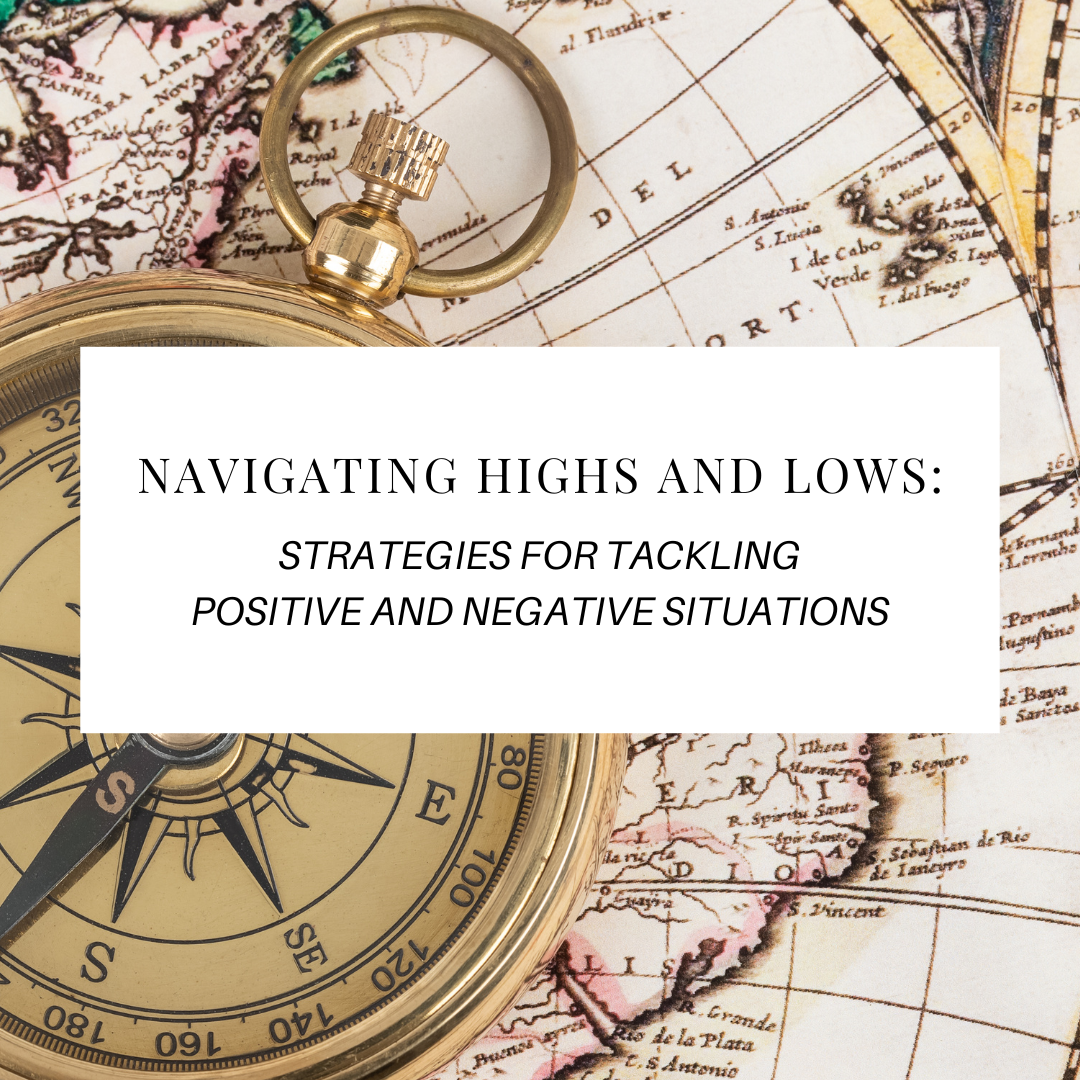Navigating Highs and Lows: Strategies for Tackling Positive and Negative Situations

Preparation is essential for both positive and negative situations. Whether celebrating a win or managing a crisis, both situations require precise messaging and strategic planning. Handling these situations with precision can make or break a reputation. Here are some tried and tested key strategies for tackling both positive and negative moments for long-term success.
1. Maximizing Positive Situations: Amplifying Success
Everyone loves a win – whether it’s a successful campaign, a new product launch, or a featured media piece – but the key is to make that moment last. There are several ways to amplify, each providing its own air to the wind. What is your goal? More media placements? Team morale? Industry thought leadership? Be strategic when amplifying success. If media exposure is your priority, position your people and brand as a thought leader by engaging in conversations with the media, contributing industry bylines, comment on trending articles, host webinars, and speak at conferences. The more you can pick apart portions of your success and dive deeper, you’ll see a longer shelf life and stay in front of key audiences longer. If the focus is on team morale, celebrate wins internally and use existing customer and partner newsletters to shine the light on your successes so that your people feel excited and proud of the work being done internally.
2. Managing Negative Situations: Crisis Communications at its finest
Every brand faces challenges, but how you respond makes all the difference. A solid crisis communications plan, along with a trusted PR captain, can help you navigate turbulent waters. Always consult a PR professional for your crisis comms strategy, but here are some best practices. First and foremost is information gathering. Understand the situation completely and get the raw details of the situation. This will fuel your response strategy. At the heart of any crisis communications response is transparency—acknowledge the issue, take responsibility where needed, and clearly communicate your steps toward resolution or future communications. Next is engagement. When and where will you communicate what happened, what was impacted or what is being done to rectify the situation is key. If you already have a strong presence in the media, identify key reporters who understand your brand and reach the intended audience and engage with them. They won’t help to eliminate the situation, but if there is a sense of trust and candor you may be able to get your key message across along with the reporting of what happened.
Media engagement is not always the right approach so it is important to fully understand the impact and reach of your situation. We recently helped a client navigate through a key moment in their business by presenting all options – issue a public statement, engage with one high level media outlet or say nothing. After a recommendation of one media engagement, we were able to help them clearly explain the situation and set the brand up for its next phase of growth, all while having that story repurposed multiple times in key outlets.
3. Creating a Consistent Brand Voice Through Ups and Downs
Whether the news is good or bad, consistency in your brand’s voice is of the utmost importance for building trust. Whatever is thrown at you, stay true to your brand’s tone and be authentic in every communication. Especially during tough times, humanize your message. Your core values should always be at the heart of your communications, ensuring your audience feels connected to your brand regardless of the circumstances.
4. Strategic Planning for Future Success and Risk Mitigation
Planning for future success involves learning from the past, understanding the present, and preparing for the future. Analyze patterns and trends to identify both opportunities and risks, and implement proactive scenario planning to anticipate possible outcomes. Most PR professionals will aim to equip your team with tools like media training, crisis communication workshops, and reputation management strategies to prepare. Most importantly, build a strong foundation that enables your brand to weather challenges while staying true to its authentic voice and core values.
Navigating both the highs and lows in business requires strategic foresight, consistent communication, and a deep understanding of your brand’s core values. By amplifying successes, managing crises with transparency, and maintaining a unified brand voice, marketing and PR professionals can safeguard and elevate the brand in any situation. Strategic planning today ensures your brand is equipped to handle the challenges of tomorrow.
